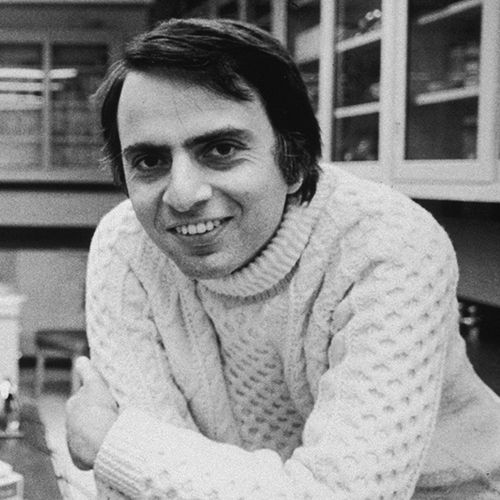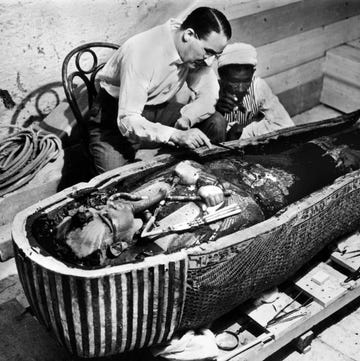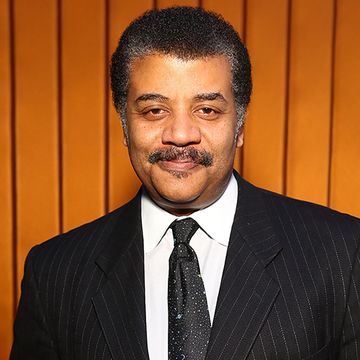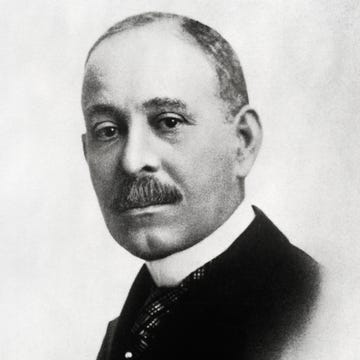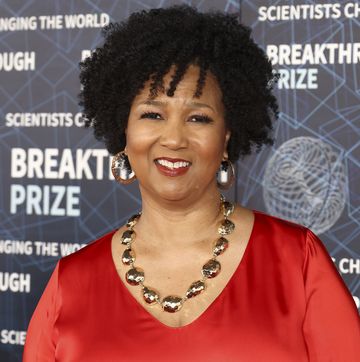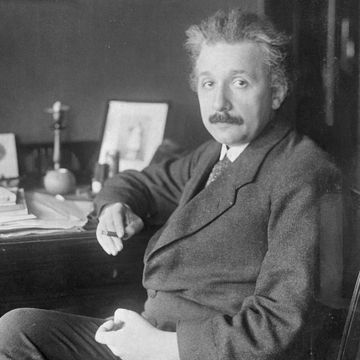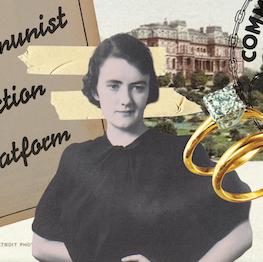(1934-1996)
Who Was Carl Sagan?
Astronomer Carl Sagan graduated from the University of Chicago, where he studied planets and explored theories of extraterrestrial intelligence. He was named director of Cornell’s Laboratory for Planetary Studies in 1968 and worked with NASA on several projects. An anti-nuclear activist, Sagan introduced the idea of “nuclear winter” in 1983. He wrote one novel, several books and academic papers and the TV series Cosmos, which was reborn on TV in 2014.
Early Years
Carl Edward Sagan was born on November 9, 1934, in Brooklyn, New York, the first of two children. Sagan’s interest in astronomy began early on, and when he was five, his mother sent him to the library to find books on the stars. Soon after, his parents took him to the New York World’s Fair, where visions of the future piqued his interest further. He also quickly became a fan of the prevalent 1940s science-fiction stories in pulp magazines and was drawn in by reports of flying saucers that suggested extraterrestrial life.
Sagan graduated high school in 1951 at age 16 and headed to the University of Chicago, where experiments he conducted drove his fascination with the possibility of alien life. In 1955, Sagan graduated with a B.A. in physics, and he received his masters a year later. Four years later, Sagan moved to California after obtaining a Ph.D. in astronomy and astrophysics, landing at the University of California, Berkeley, as a fellow in astronomy. There, he helped a team develop an infrared radiometer for NASA’s Mariner 2 robotic probe.
Further Work With NASA and Fringe Science
The 1960s found Sagan at Harvard University and the Smithsonian Astrophysical Observatory, where his work centered on the physical conditions of the planets, particularly those of Venus and Jupiter. In 1968, Sagan became the director of Cornell University’s Laboratory for Planetary Studies, and three years later, he became a full professor. Working again with NASA, Sagan helped choose where the Viking probes would touch down on Mars and helped craft the messages from Earth that were sent out with the Pioneer and Voyager probes sent beyond our solar system.
While still in his 30s, Sagan began speaking out on a range of fringe issues, issues that would gain him much attention, such as the feasibility of interstellar flight, the idea that aliens visited the Earth thousands of years ago and that creatures resembling “gas bags” live high in Jupiter's atmosphere. He also testified before Congress during this period about UFOs, which had captured the minds of the newspaper-reading populous, and proposed terraforming Venus into a habitable world.
The Rare Celebrity Scientist
In 1968, now a well-known quantity in the scientific realm, Sagan briefly served as a consultant on the Stanley Kubrick film 2001: A Space Odyssey, although a clash of personalities ensured the gig was short-lived. In the 1970s and 1980s, Sagan was the most well-known scientist in the United States, helped in no small part by the books he wrote. Works such as The Cosmic Connection: An Extraterrestrial Perspective (1973), Other Worlds (1975), The Dragons of Eden: Speculations on the Evolution of Human Intelligence (1977; Pulitzer Prize winner) and his 1985 novel, Contact (made into a film starring Jodie Foster in 1997), all grabbed the attention of the scientific community and general audiences.
Later Career and 'Cosmos'
In 1980, Sagan co-founded the Planetary Society, an international nonprofit organization focusing on space exploration, and also launched the hugely influential TV series Cosmos: A Personal Voyage, which he wrote and hosted. He also wrote a companion book of the same name to accompany the series. Another of his famous works, Pale Blue Dot: A Vision of the Human Future in Space (1994), was the sequel to Cosmos and was inspired by the famous Pale Blue Dot photograph, which shows Earth as a mere speck in space. Sagan uses the Voyager 1 probe photo as a leaping-off point to discuss humanity's place in the vast universe and his vision of the future.
Sagan used his status, both as a celebrity and scientist, to further his political goals, and he undertook a campaign for nuclear disarmament and was a vocal opponent of President Ronald Reagan’s Strategic Defense Initiative. In 1983, he co-wrote a paper that introduced the concept of “nuclear winter” followed the next year by his co-authored book The Cold and the Dark: The World After Nuclear War.
Over the course of Sagan’s career, he was honored several times, notably receiving NASA’s Distinguished Public Service Medal (1977, 1981) and the National Academy of Sciences’ Public Welfare Medal (1994), among dozens of others.
He died of pneumonia, a complication of the bone-marrow disease myelodysplasia, on December 20, 1996, at age 62. Eighteen years later, Cosmos was brought back to TV, this time with Neil DeGrasse Tyson taking on hosting duties and getting a whole new generation of viewers excited about what lies beyond the boundaries of Earth's atmosphere.
QUICK FACTS
- Name: Carl Sagan
- Birth Year: 1934
- Birth date: November 9, 1934
- Birth State: New York
- Birth City: Brooklyn
- Birth Country: United States
- Gender: Male
- Best Known For: Carl Sagan was one of the most well-known scientists of the 1970s and 1980s. He studied extraterrestrial intelligence, advocated for nuclear disarmament and co-wrote and hosted 'Cosmos: A Personal Voyage.'
- Industries
- Journalism and Nonfiction
- Fiction and Poetry
- Science and Medicine
- Astrological Sign: Scorpio
- Schools
- University of California
- University of Chicago
- Nacionalities
- American
- Interesting Facts
- Carl Saga's abiding interest in space began when he was just five years old.
- Death Year: 1996
- Death date: December 20, 1996
- Death State: Washington
- Death City: Seattle
- Death Country: United States
Fact Check
We strive for accuracy and fairness.If you see something that doesn't look right,contact us!
CITATION INFORMATION
- Article Title: Carl Sagan Biography
- Author: Biography.com Editors
- Website Name: The Biography.com website
- Url: https://www.biography.com/scientists/carl-sagan
- Access Date:
- Publisher: A&E; Television Networks
- Last Updated: April 6, 2021
- Original Published Date: April 2, 2014
QUOTES
- Imagination will often carry us to worlds that never were. But without it, we go nowhere.
- Somewhere, something incredible is waiting to be known.
- For small creatures such as we the vastness is bearable only through love.
